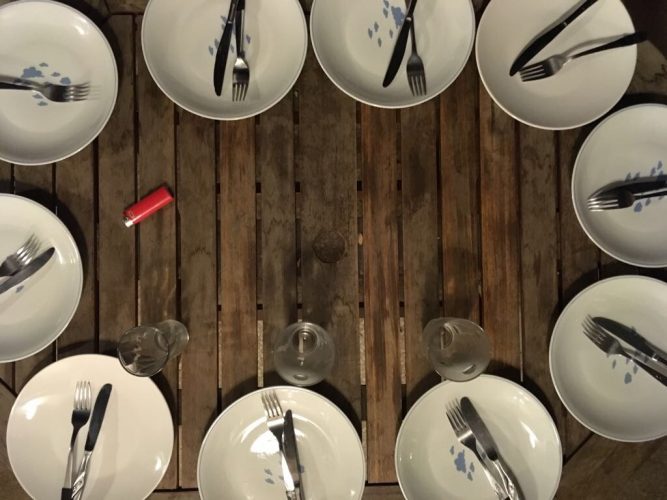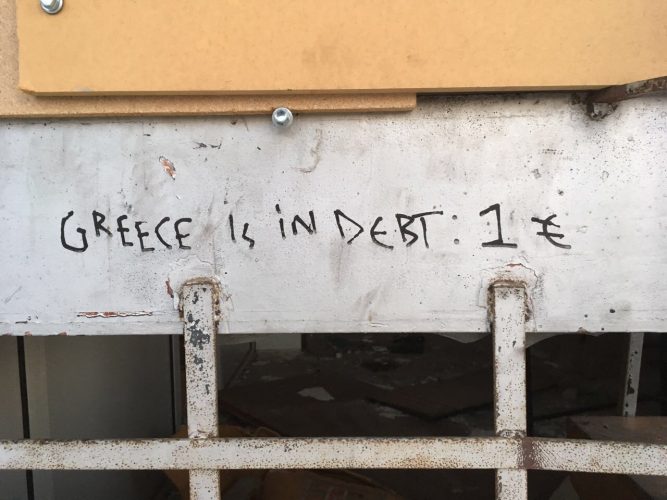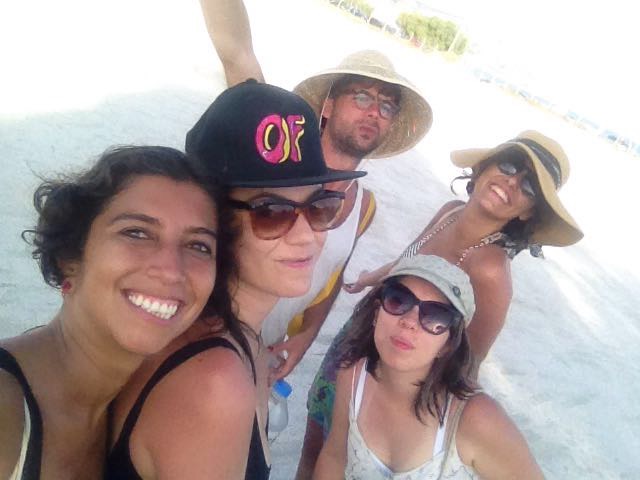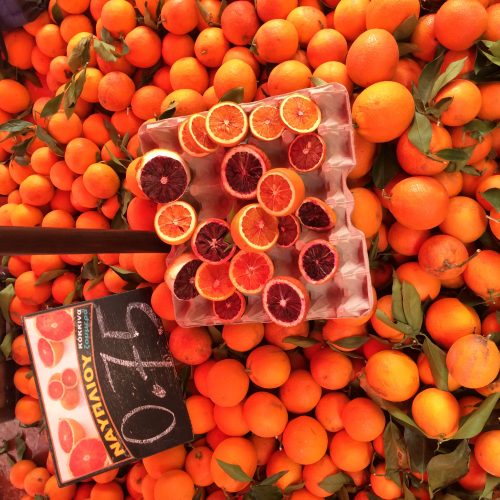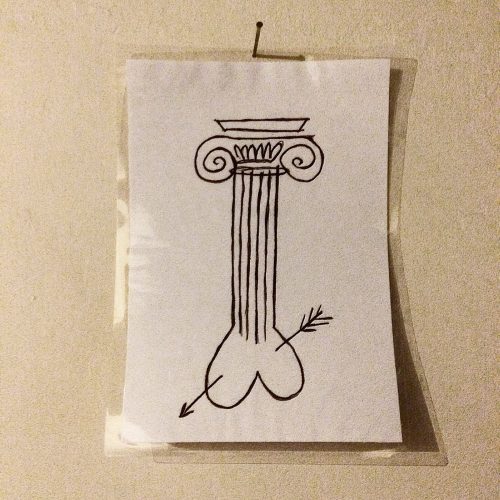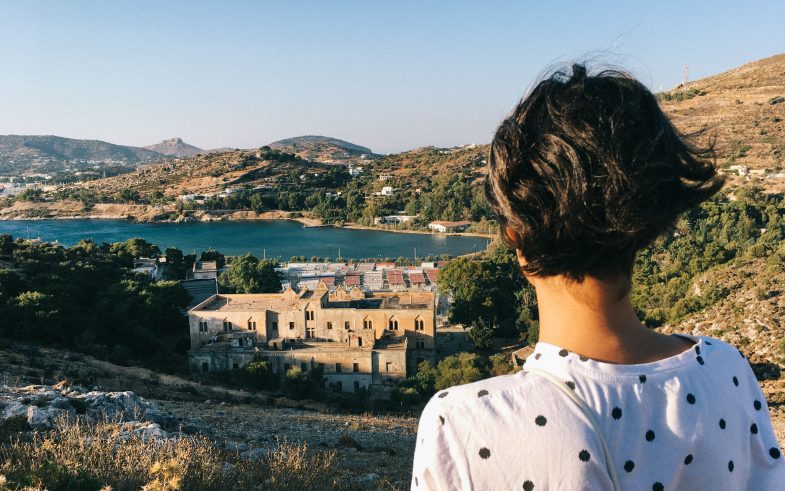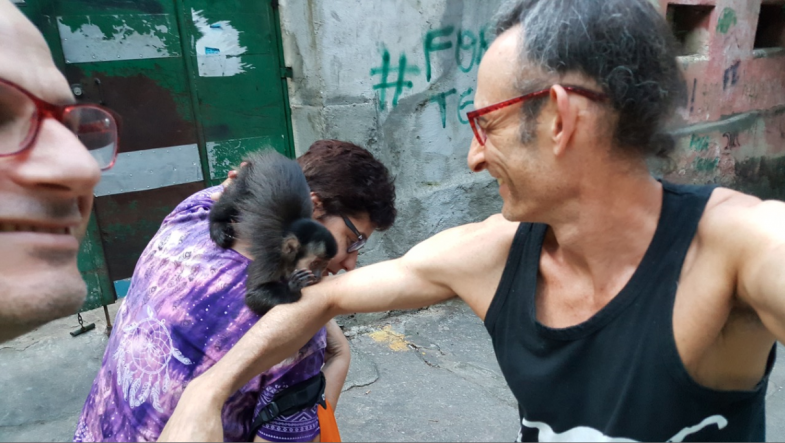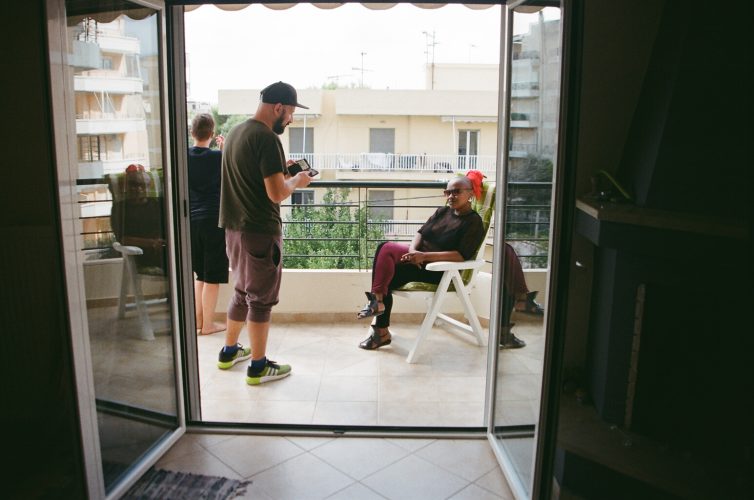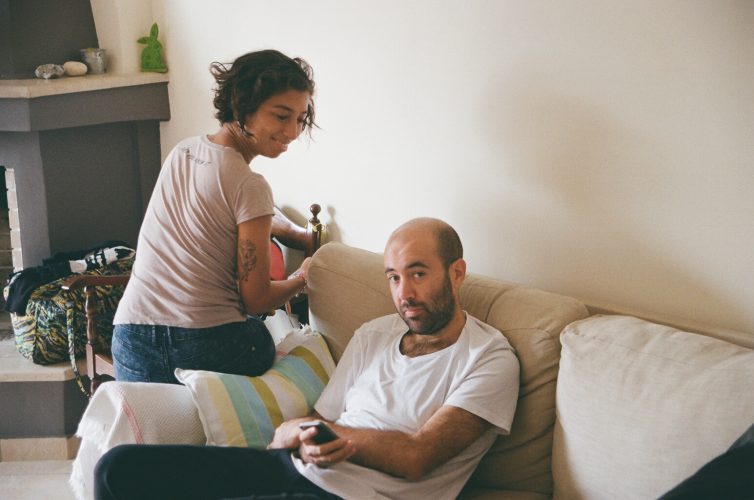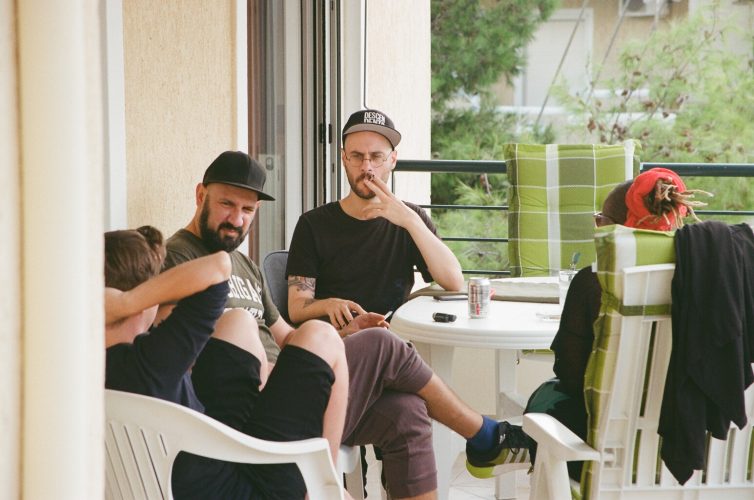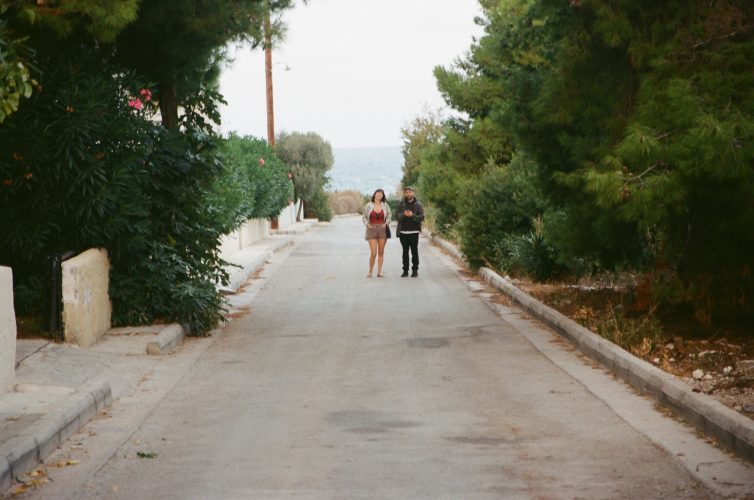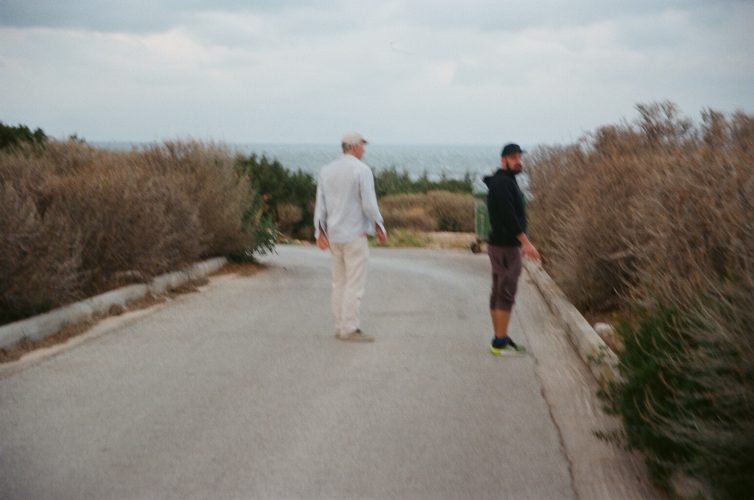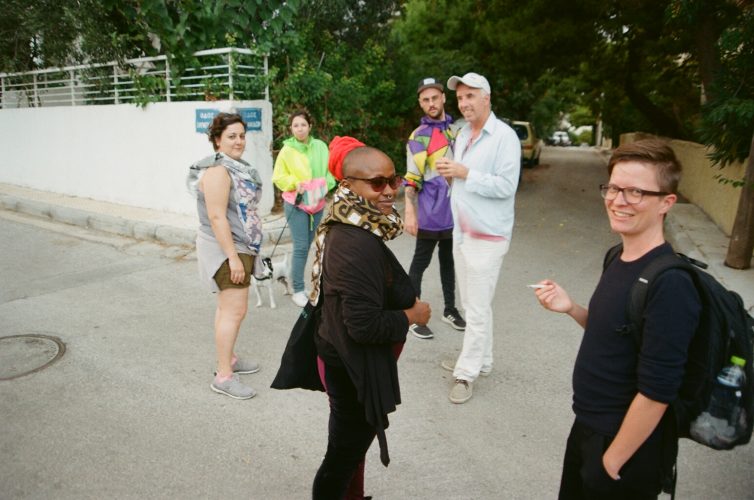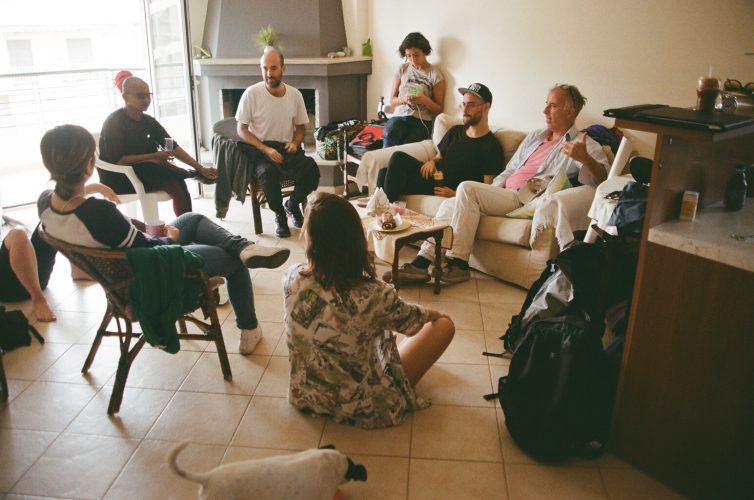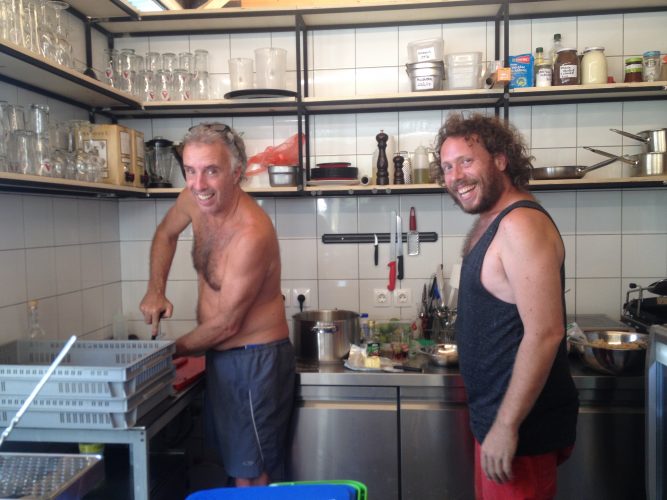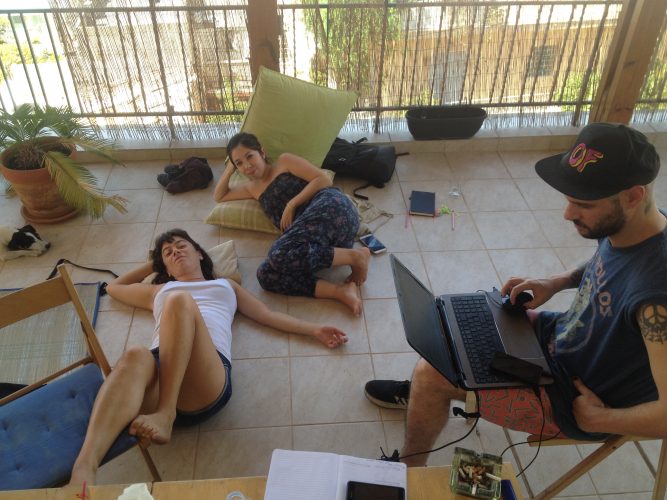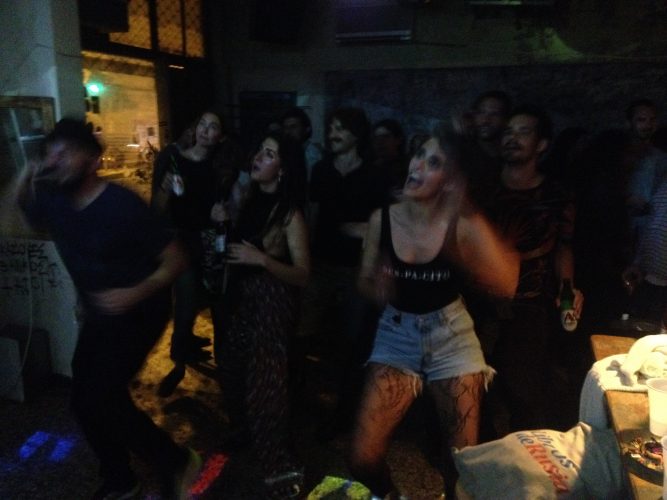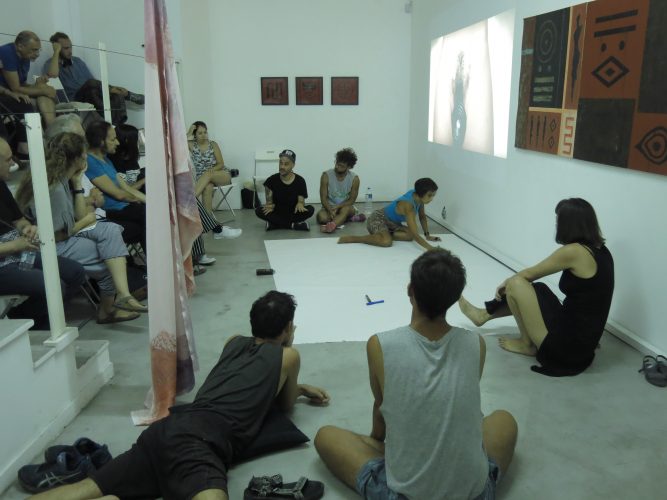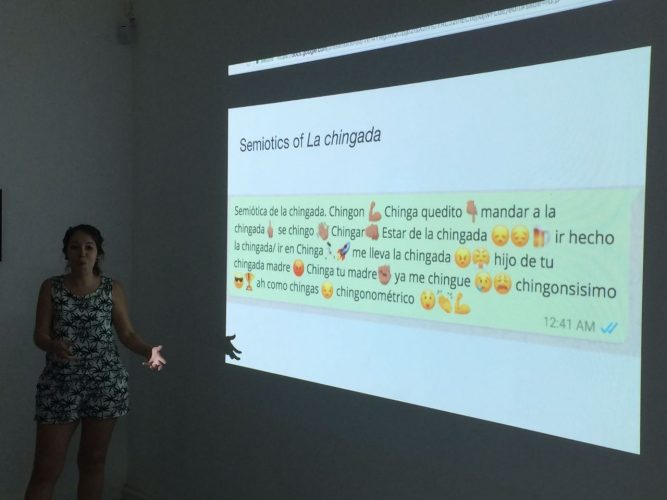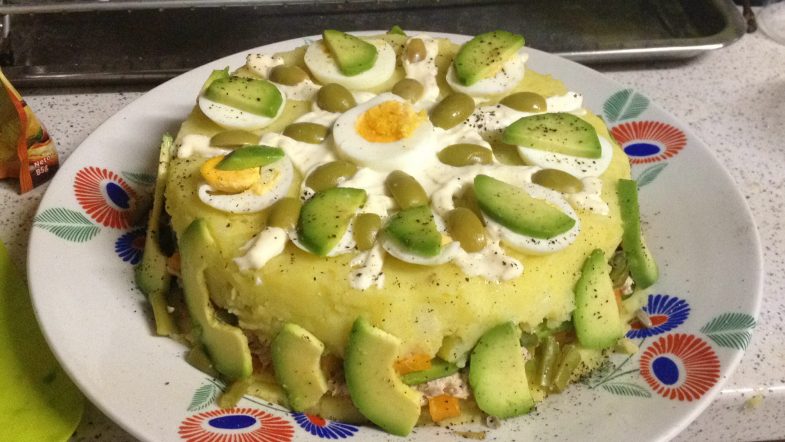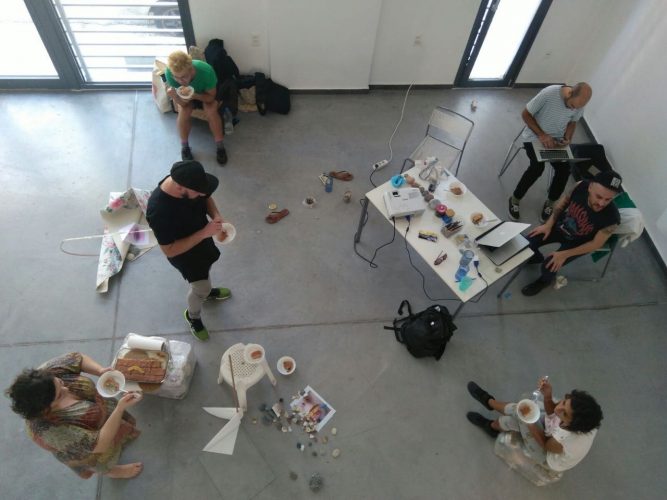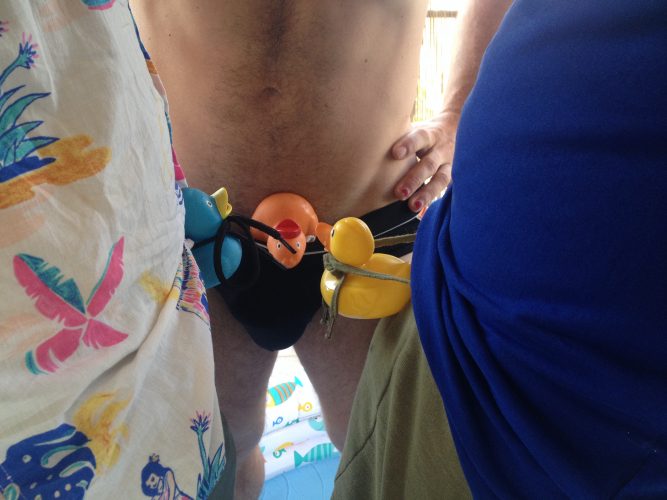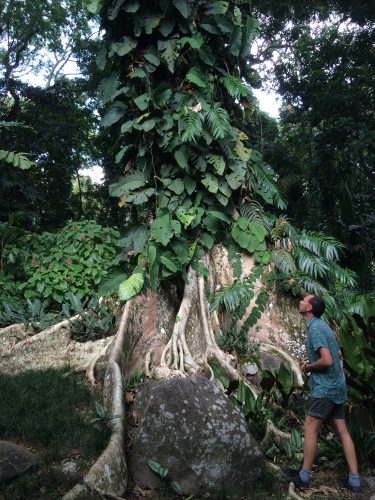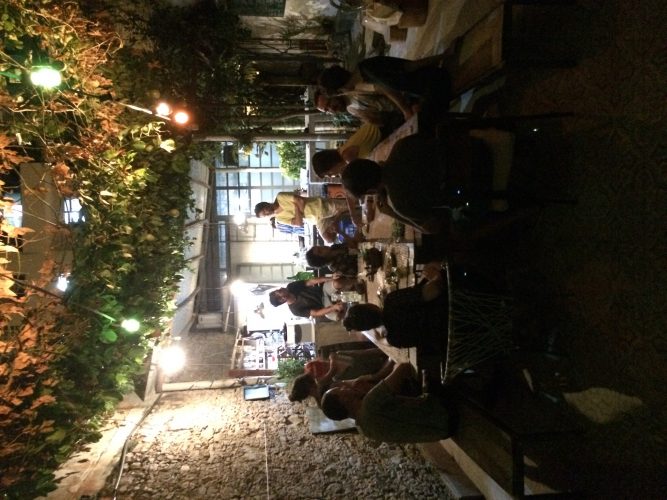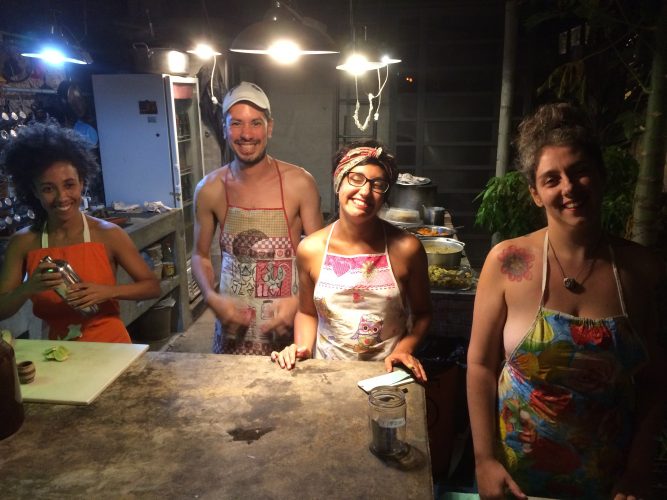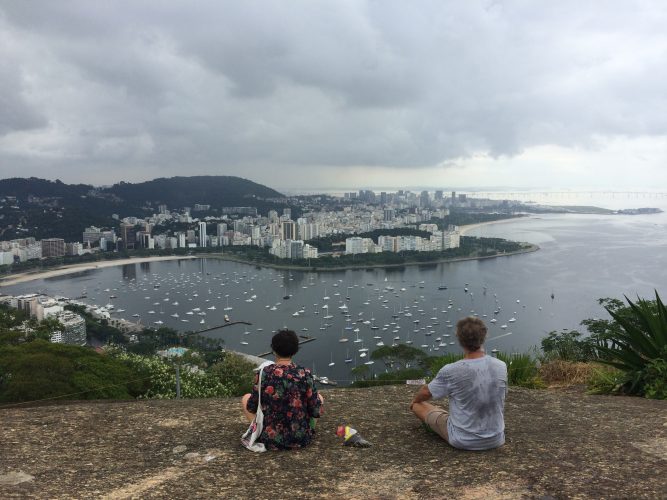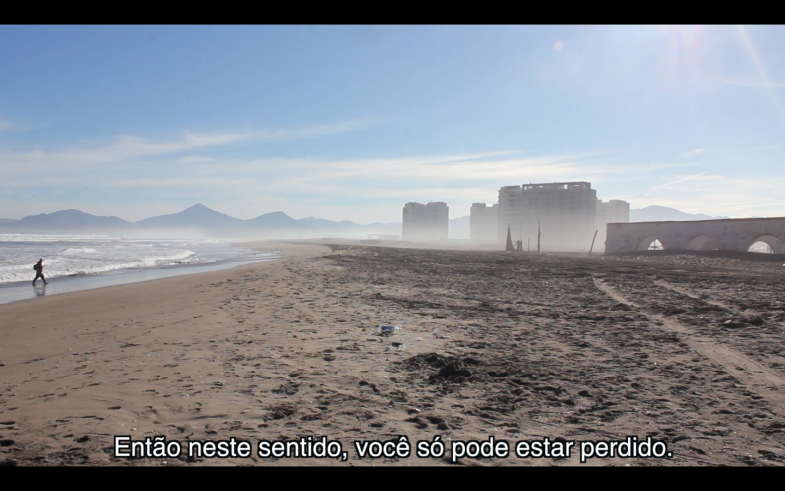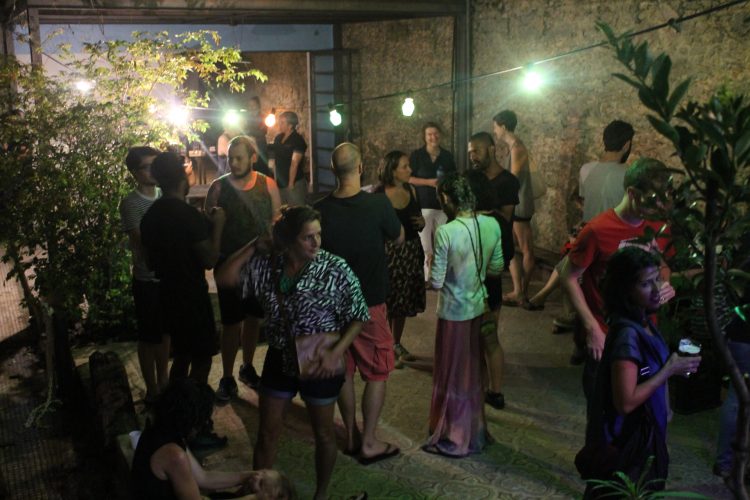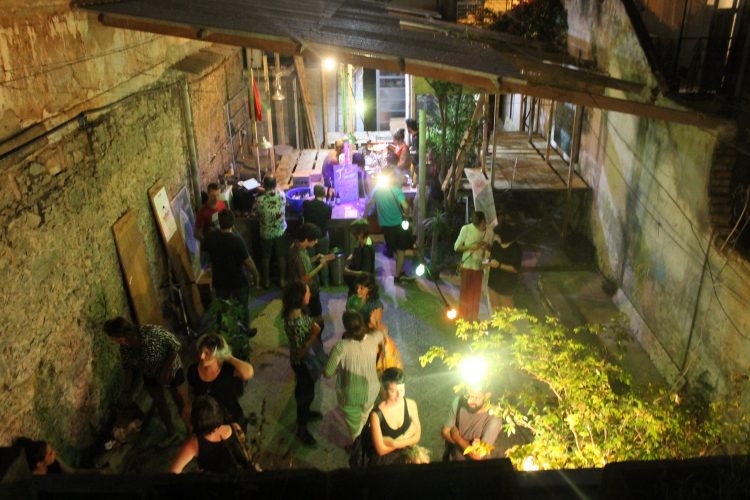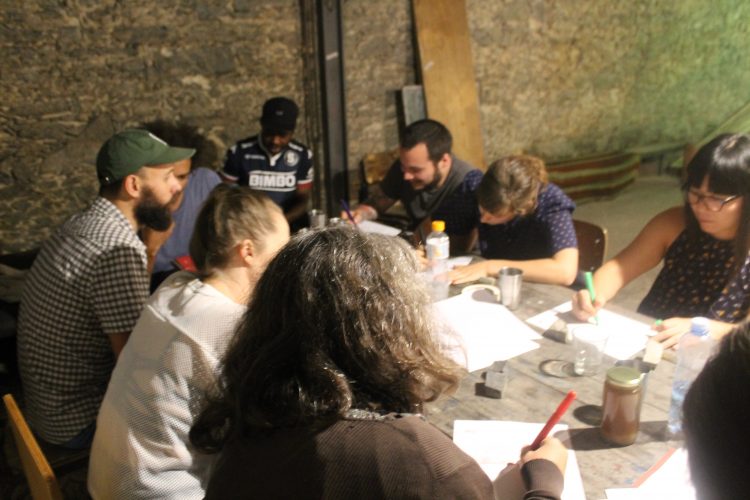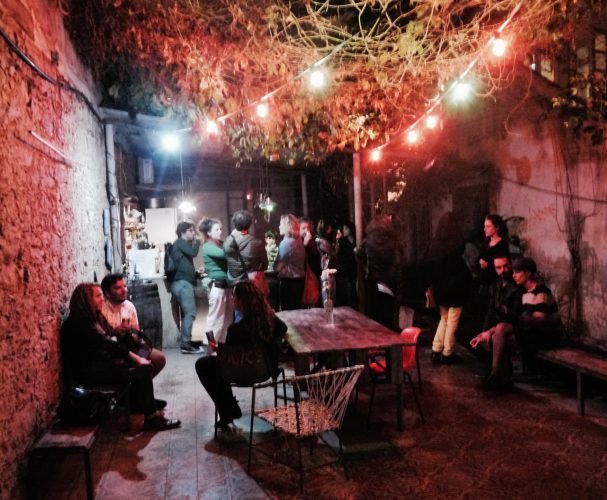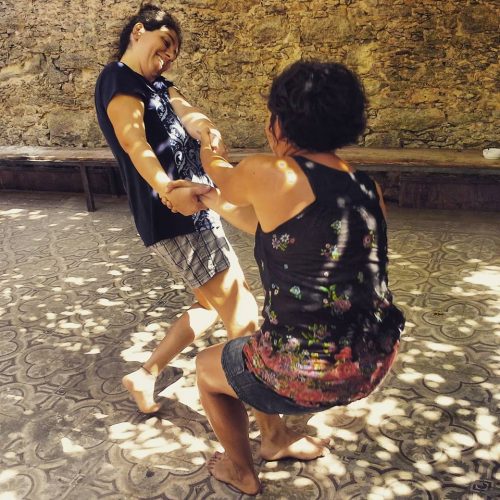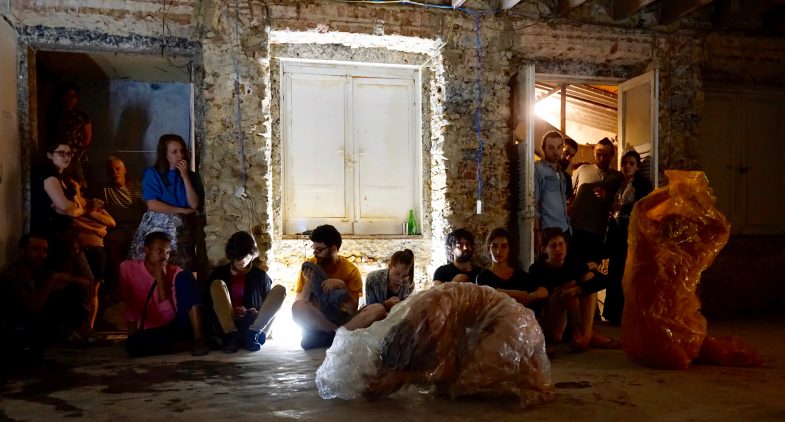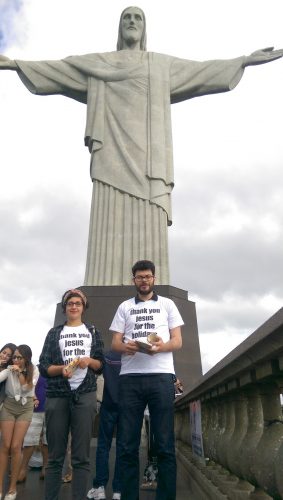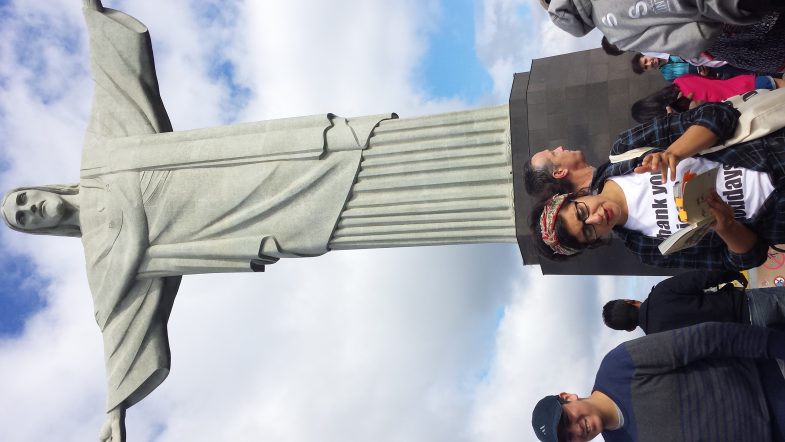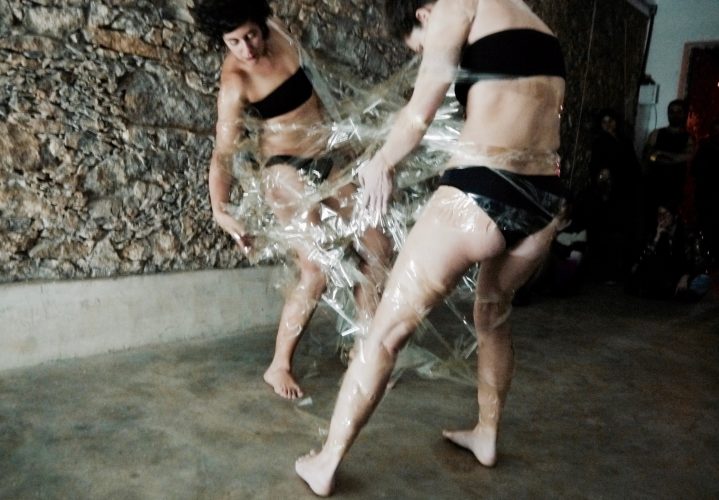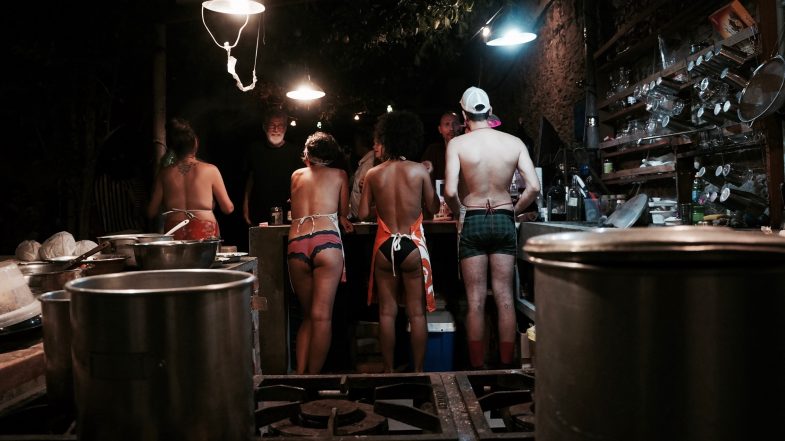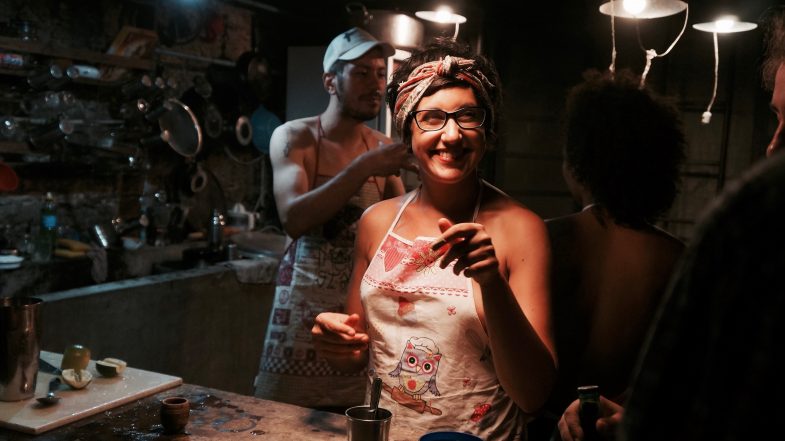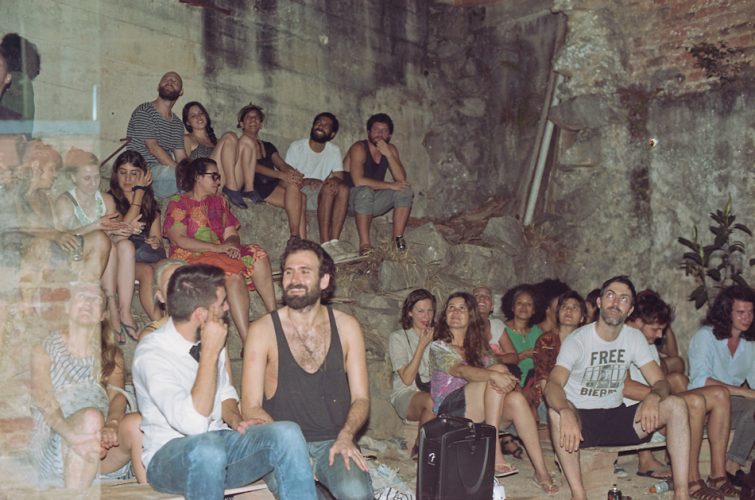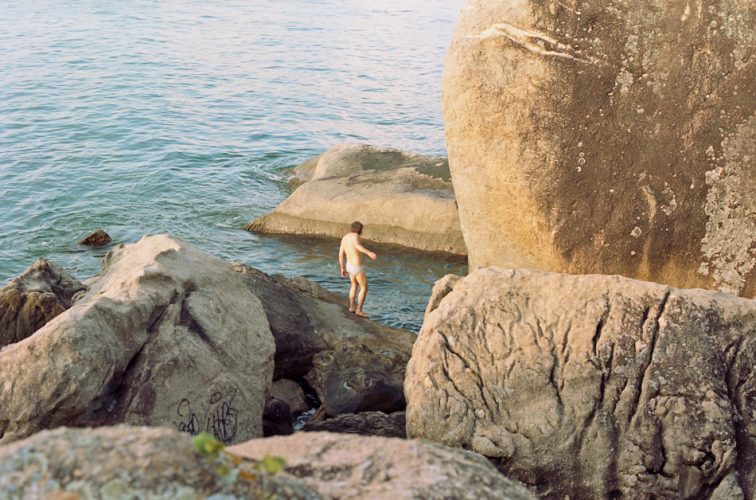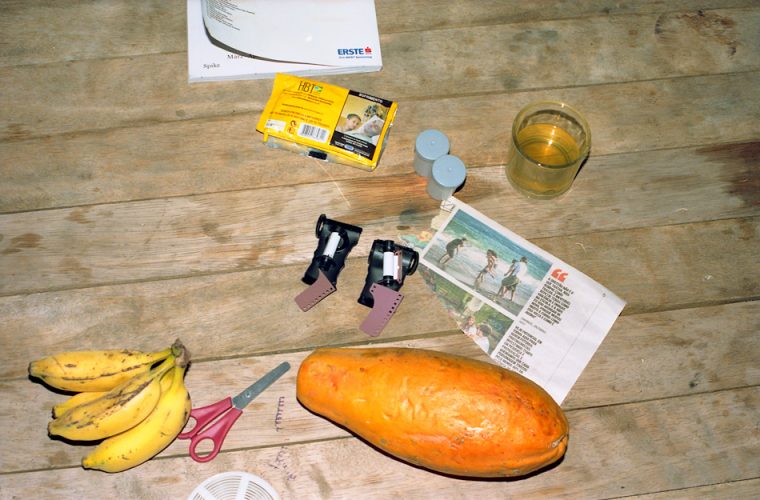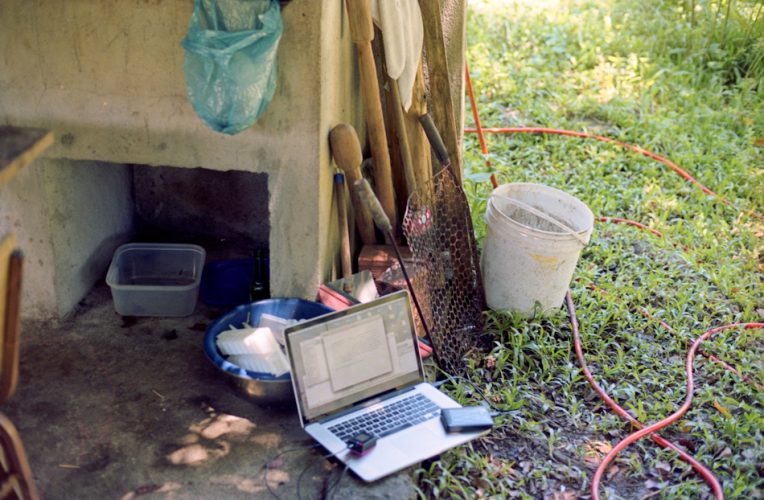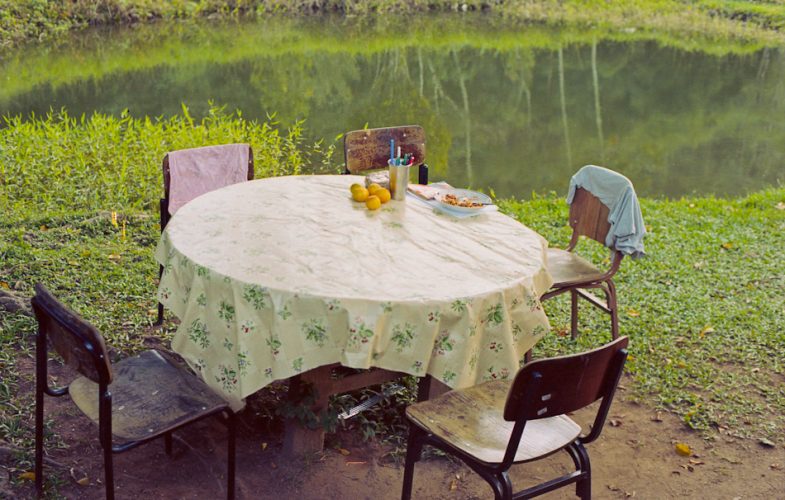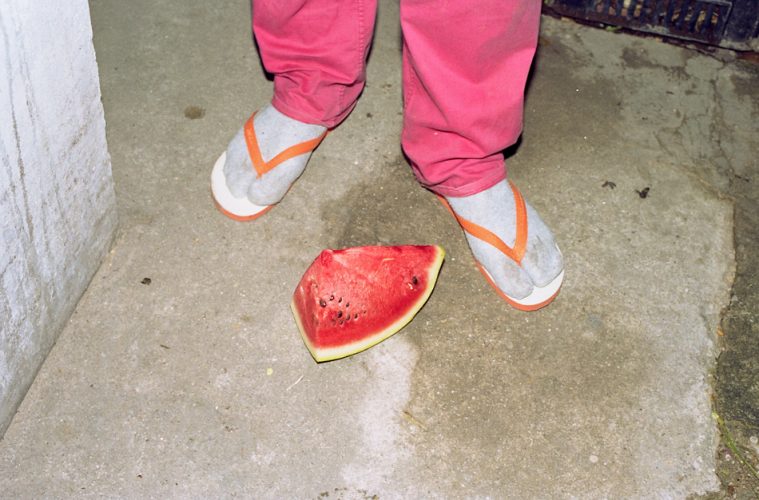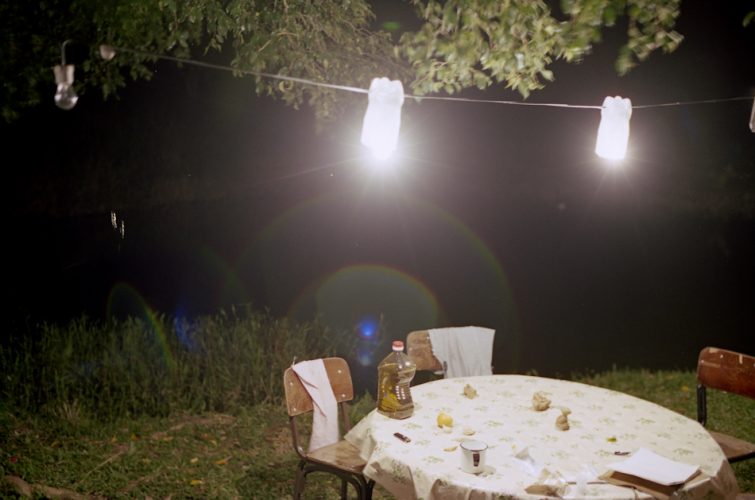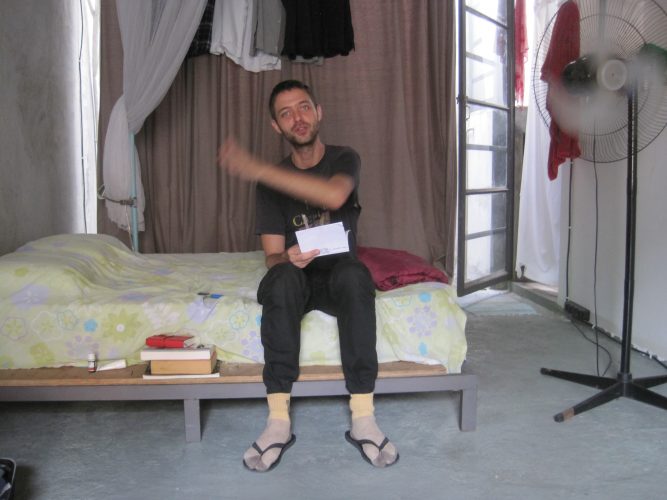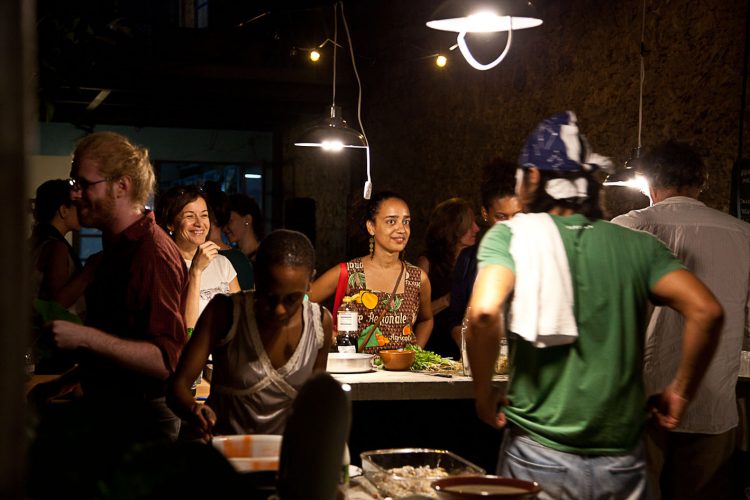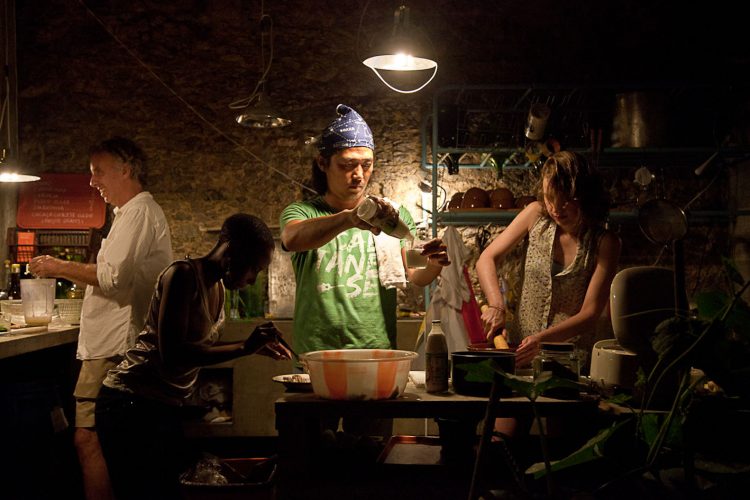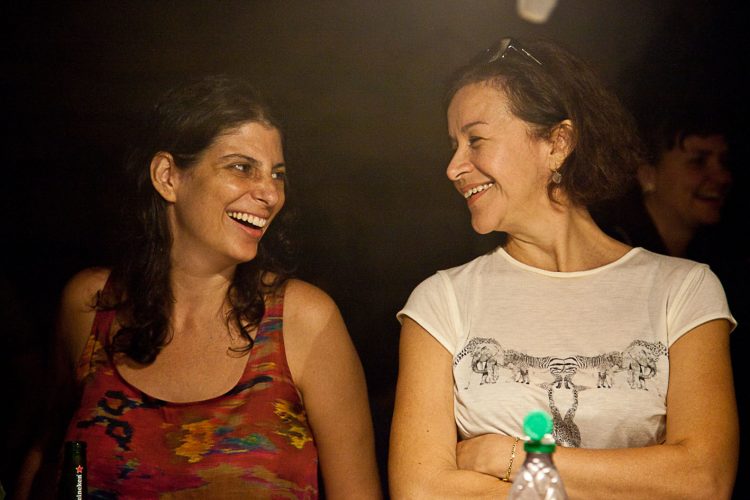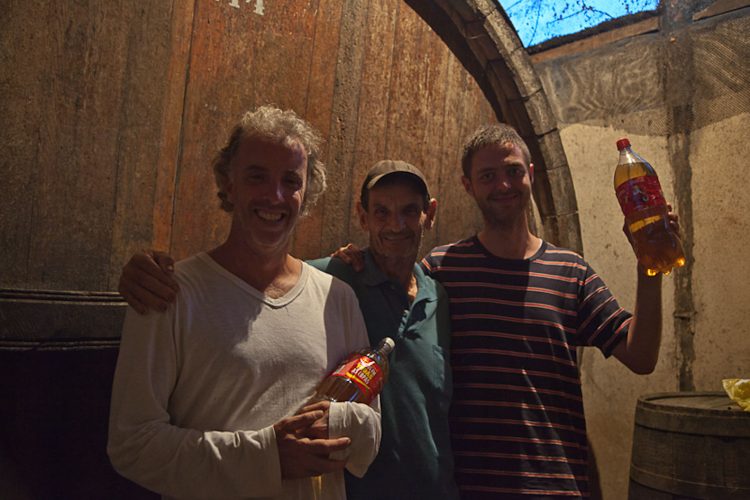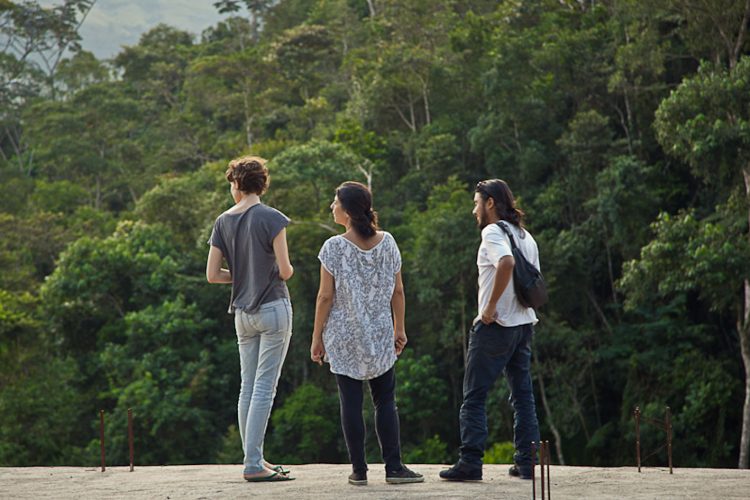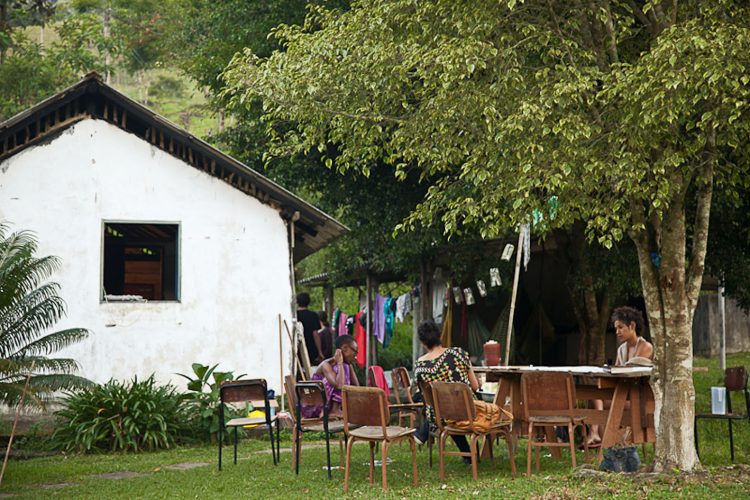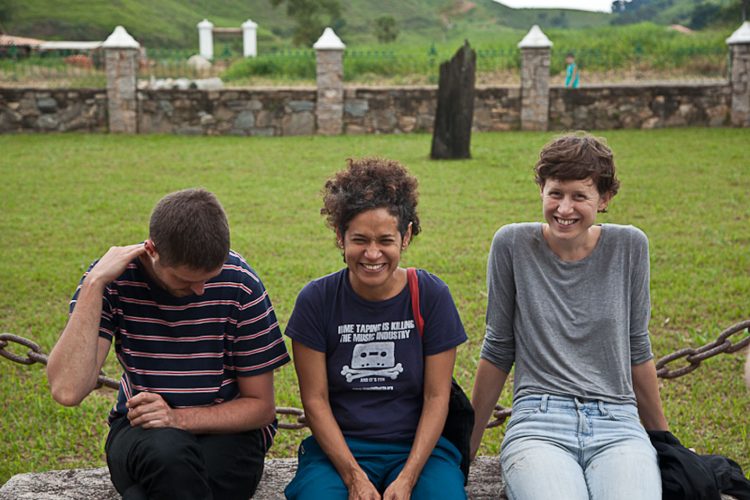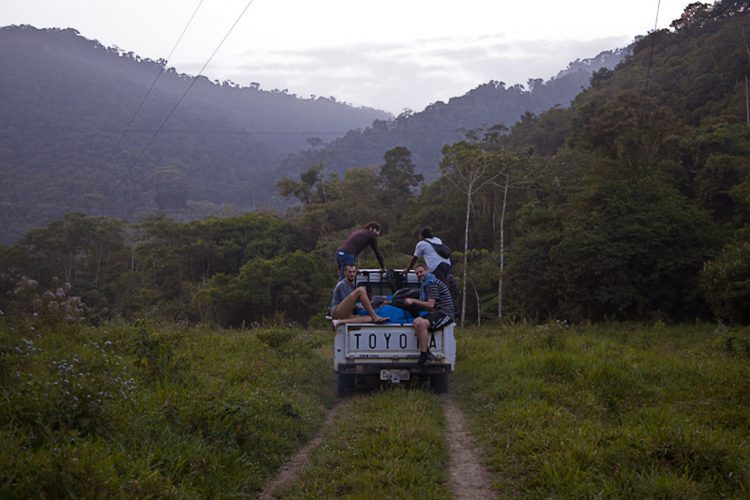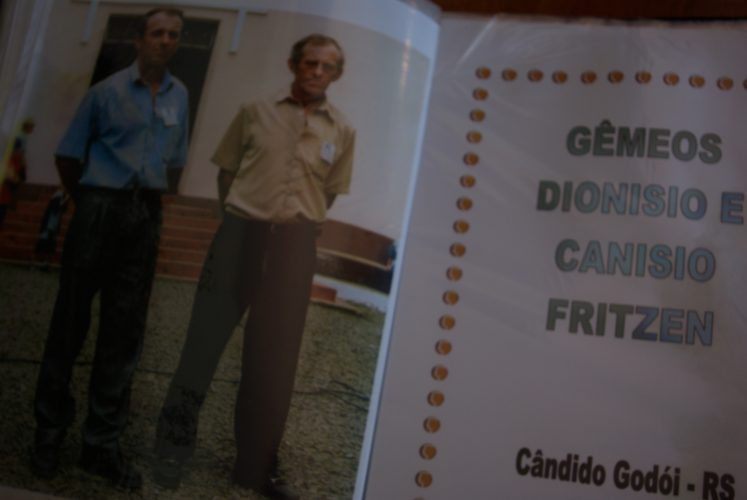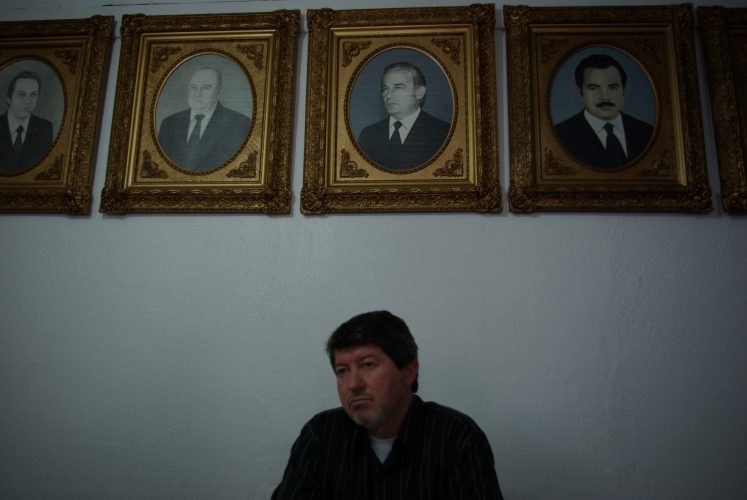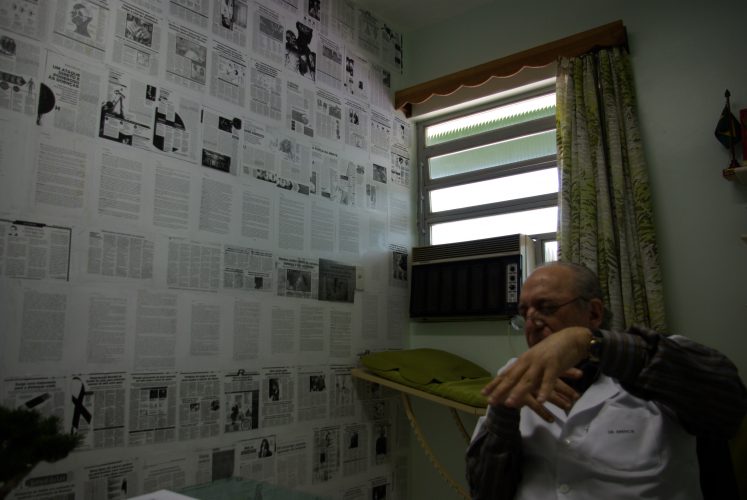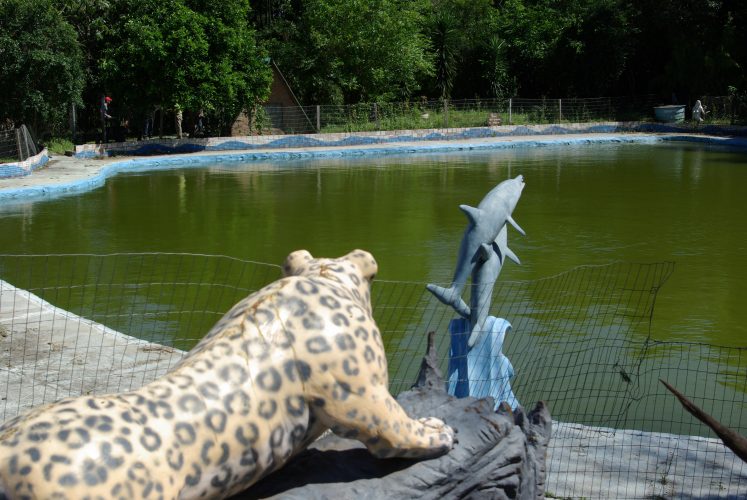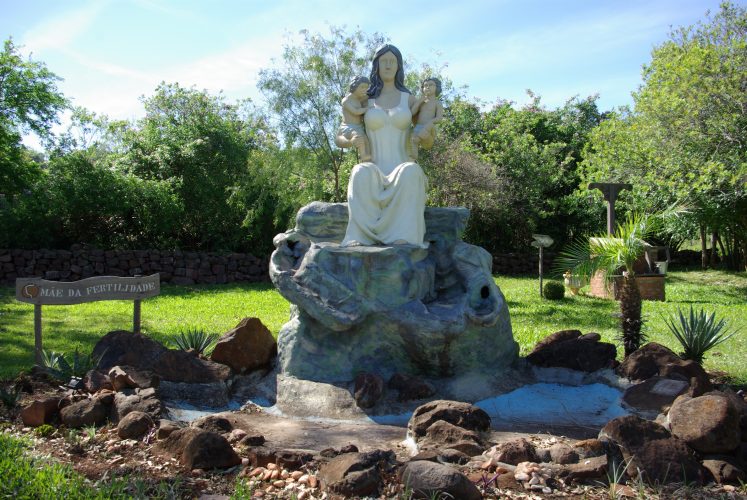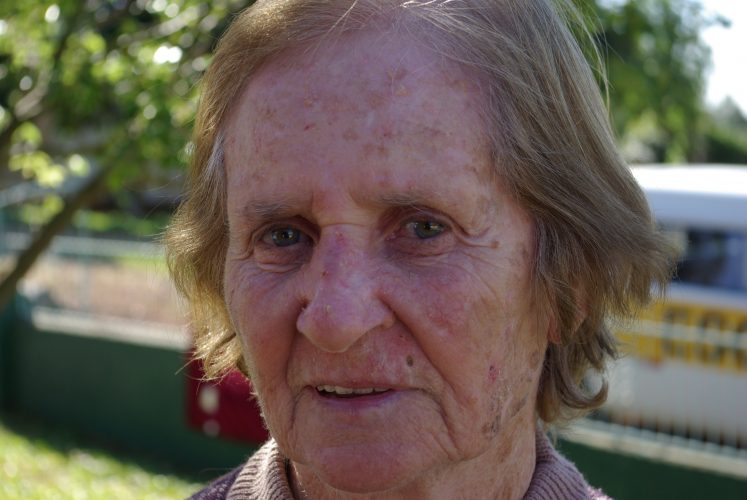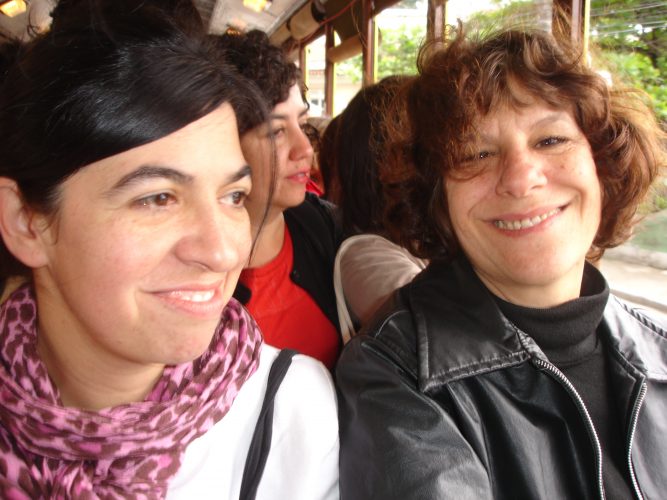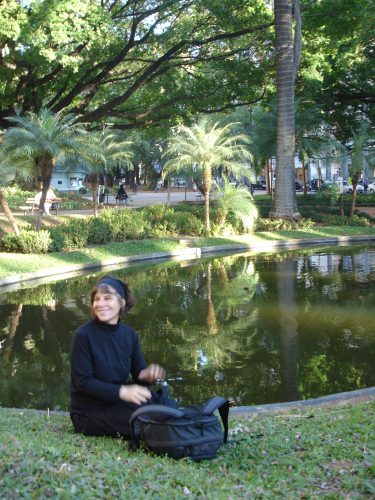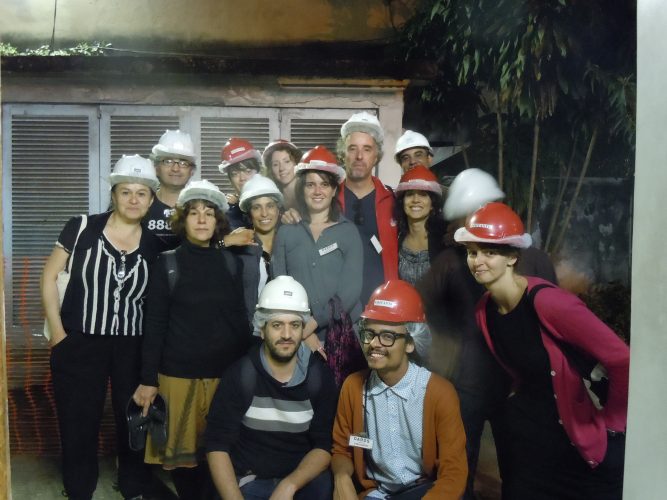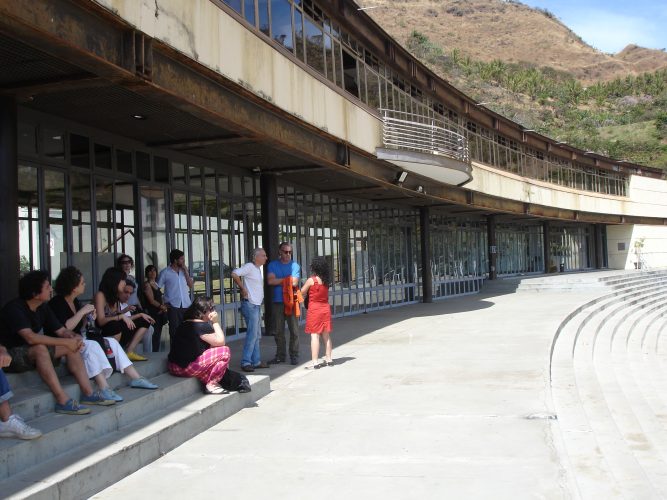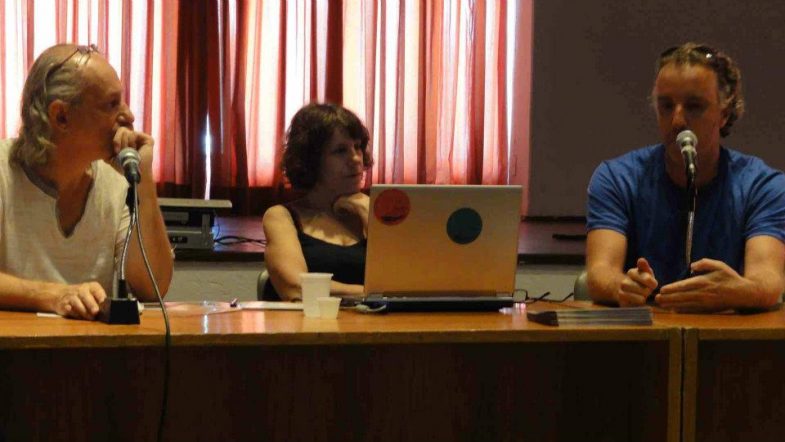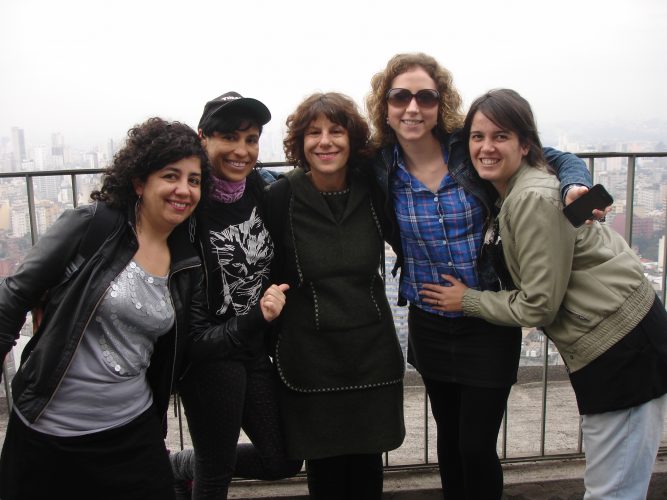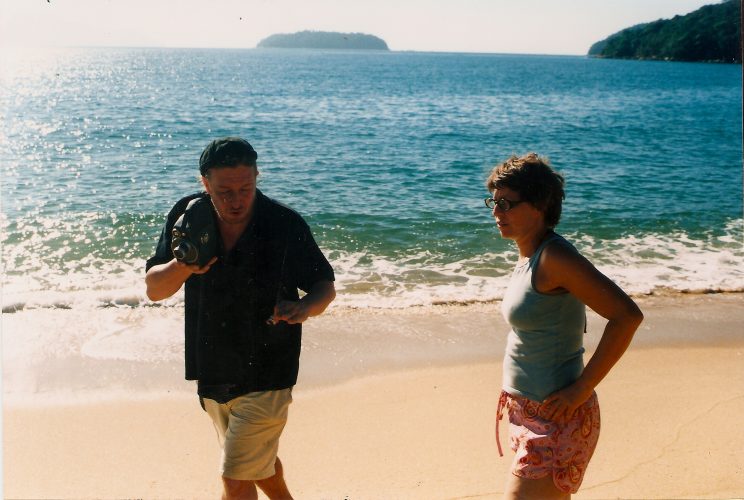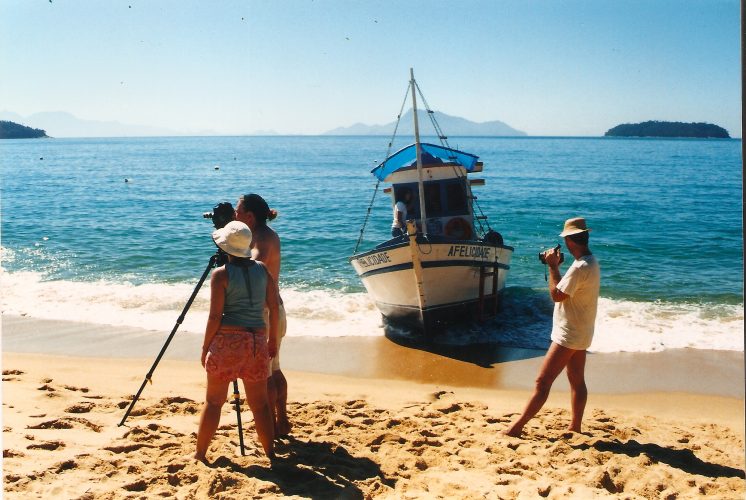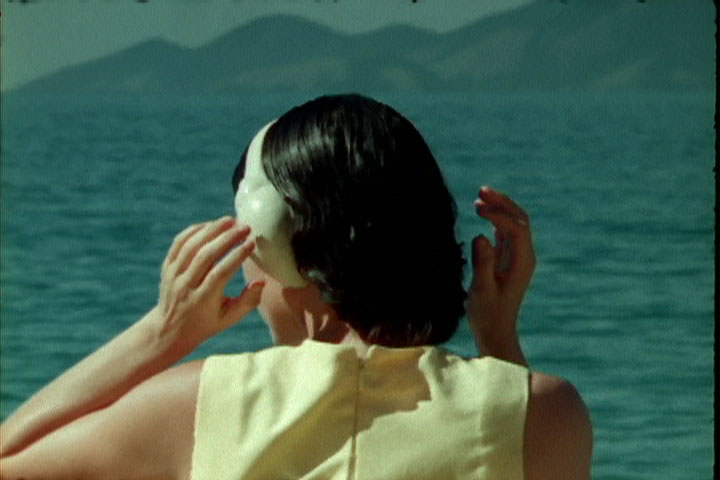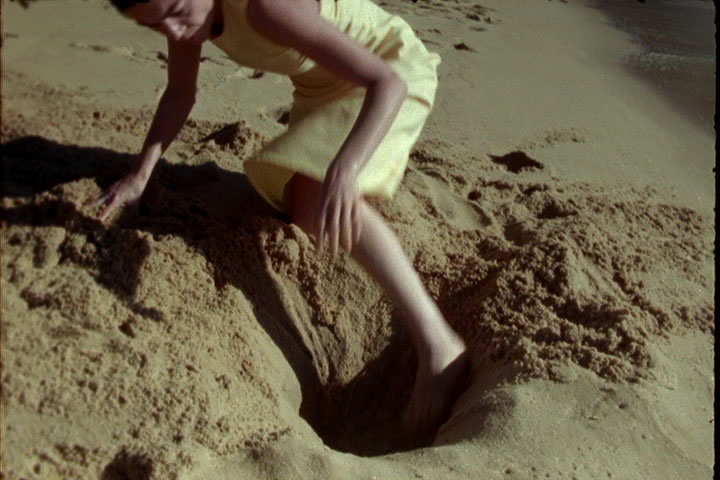“Algunas notas a propósito de los intentos de la izquierda cultural de crear zonas temporales autónomas no productivistas. (Z.T.A.P.)
Intuyo que no basta con cambiar algunas circunstancias, estructuras, paisajes, ni apelar a voluntarismos mágicos.
El neoliberalismo se ha encarnado en nuestros cuerpos, en nuestro inconsciente, en nuestros modos de vida.
Se nos ha vuelto deseable y ha teñido, incluso, las prácticas disidentes. + Dejar de desearlo es un desafío más que complejo, que resuena como una buena pancarta, pero la receta para ejecutarlo se escapa entre los dedos. “Dejar de desearlo” parece más un imperativo evangelista para dejar de tener sexo que un lei motiv de lobas emancipadas. Quizá, la cuestión es desear alguna otra cosa o tener otros horizontes a la altura de los ojos. – El mercado del arte parece haberse sumido en una práctica cada día más zombie y precaria, donde lo queer y lo trans son nuevos nichos mercado, al igual que reduce a la disidencia en capital simbólico a acumular, como un ábaco de madera donde sumar puntos de visibilidad. Cierto discurso del odio, grinchy, se ha vuelto moneda común en la política de acumular valor vía uso estratégico de la diferencia, donde la lucha política se roza con la idea de una identidad inmutable, cuasi purista, y le menea la cadera al pre-fascismo. – Sin producción no hay dinero, según la lógica del capital en la cual estamos inmersas. Un tiempo de no productividad (es decir sin producción de dinero en la lógica del valor de mercado) y exploración de un sitio específico, deviene un tiempo de privilegio. Sin embargo, estos espacios temporales autónomos no suelen ausentarse de la lógica de competencia friendly que se sostiene a base de recursos económicos transatlánticos difusos (R.E.T.D.). – Llegar a un sitio desconocido pareciera componer esa utopía idealizante de igualarnos por medio de la ignorancia compartida sobre el lugar a explorar. Como si esto nos pusiera en igualdad de condiciones para llegar al supuesto no-objetivo del tiempo no-productivista. Una conjunción de no-esto y no-lo otro, una conjunción inverosímil, donde reina en la confusión quién más exótica es, deviniendo quién más hashtagueada es. Un gran hermano capacitista de recursos sociales, risas, buen nivel inglés y opiniones sobre todo tipo, clase, temática que la conversación entre burbujas de cerveza solicite.” -
